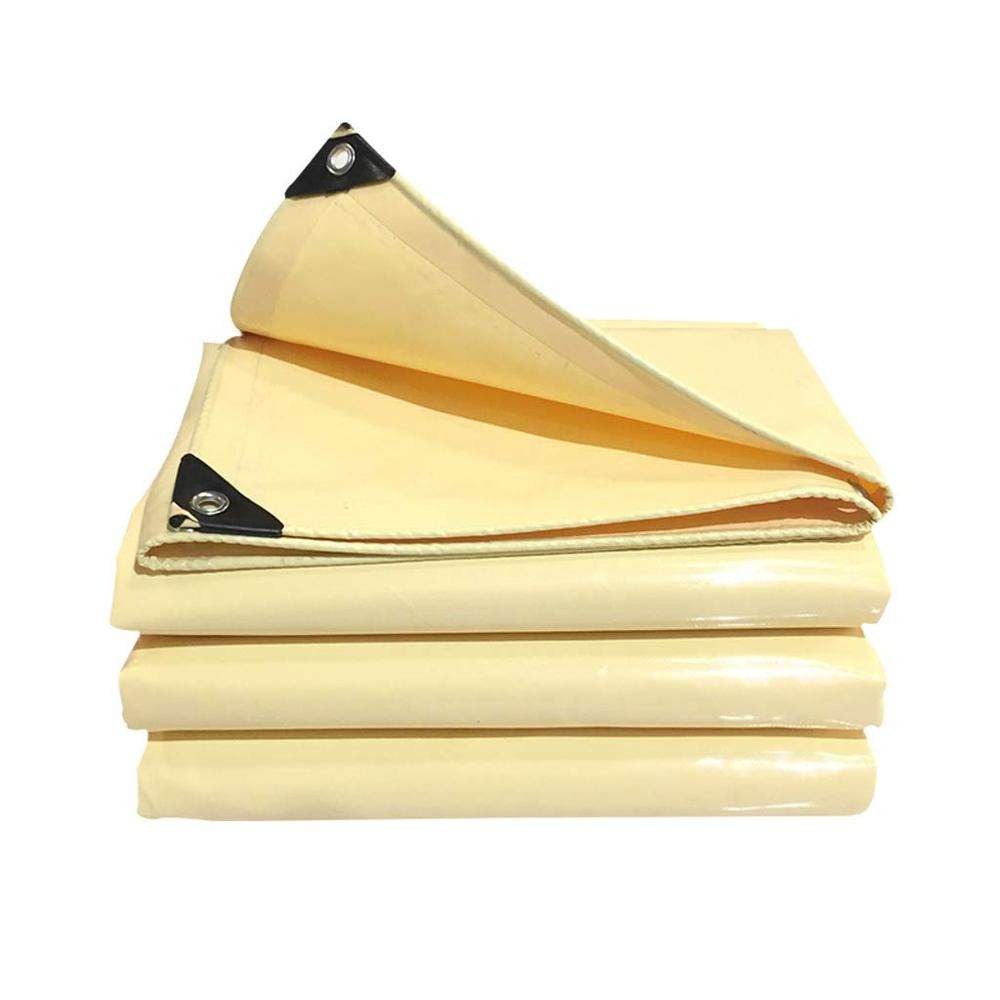Camping is always more enjoyable if you are prepared. One of the best things to take with you is a waterproof Tarpaulin. A waterproof tarpaulin gives you shelter, protection from the rain, and even a shaded area from the sun. Just knowing how to build a tarpaulin tent will enhance your camping experience to be more enjoyable and safer.
Why Use a Waterproof Tarpaulin Tent?
A tarpaulin tent is lightweight and easy to carry. Adding a tarpaulin tent to your camping checklist is a great idea, and unlike regular tents, you can fold it small and pack it in your bag without any effort. A tarpaulin tent gives you a lot more flexibility. There are lots of ways you can set up a tarpaulin tent, depending on the weather and the space available. Also, as a tarpaulin tent is waterproof, this will keep you dry when it rains and not soak your gear.
Getting the right spot
There are many ways to build a tarpaulin tent, but the first thing you need to do is to find the right area to pitch. Look for somewhere that is flat and clean. Avoid choosing somewhere that is a low spot where rainwater collects. Try to camp underneath trees for shade, but make sure to avoid dead branches that might fall. Picking the right place to camp will ensure your tent is a lot more stable and comfortable.
Setting Up the Frame
You will need something to support the tarp. You might be able to use trees, poles, or just sticks lying around the campsite. If you have trees, you can tie a rope from one tree to another. This will be the baseline for your tent. If you can’t find a tree, you can place the poles firmly in the ground and pull the ropes on top. Remember to stretch the frame to ensure that the tarp is not sagging.
Placing The Tarp
Once you have your frame, you can spread the Heavy Duty Tarpaulin over the frame. Pull the tarp tightly so that there are no loose corners. You can use rope or strong clips to secure the tarp. Tie each corner to a tree, pole, or peg fixed in the ground. The tighter the tarp is, the better it will stand up to wind and rain! Make sure to angle one side a little lower so that water can run off instead of pooling on top.
Making It Comfortable
Once your tent has been constructed, you will want to think about comfort. You can use a groundsheet or an extra tarp underneath to keep the floor dry. You can also put some blankets, sleeping bags, or mats on the floor to make it easier to rest. If it’s cool outside, set up your tent a safe and reasonable distance from a fire. Be cautious, as sparks can easily damage a tarp. It’s also important to consider airflow: leave a small opening toward the sides of the tent to promote airflow and prevent condensation inside the tent.
Tips for Making Your Shelter Stronger
A tip to remember when making your shelter stronger would be to make sure the knots you tied to secure your ropes are tight. There are many simple knots you can tie, such as the bowline or clove hitch. Both of these knots are fairly easy to tie and will hold well. During windy weather, it is also a good idea to add more ropes on the sides to give yourself added support. You can also employ the use of stones or logs to secure and weigh down the edges of the tarp as well. With a little extra care, you can ensure that your tent structure will last all night.
Conclusion
Every camper can benefit from. It provides you with a dry resting place while also adding to the challenge of camping. When you have a waterproof tarpaulin tent set up, you will have a comfortable place to rest, prepare meals, or chat with friends. With practice, you will be able to create your waterproof tarpaulin tent on an efficient basis, which will enhance your camping experience.
Also Read: https://wowtobechic.com/

